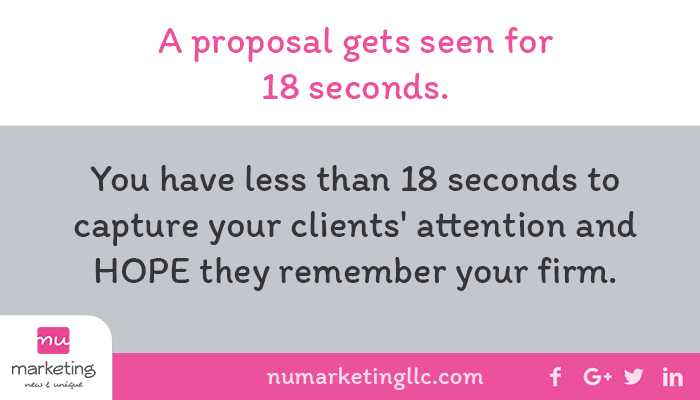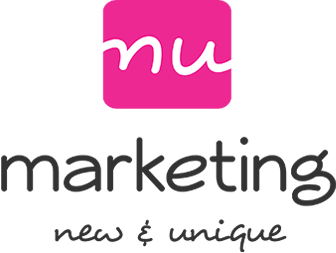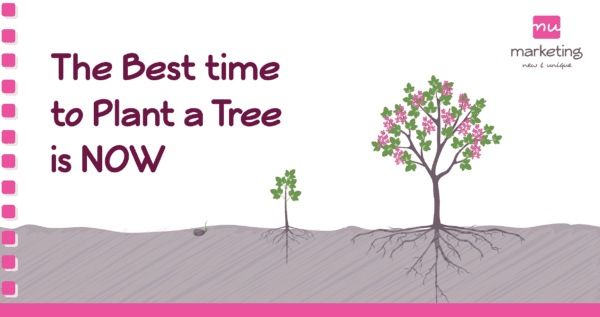
Proposals are a lot of work. They cost you time and money, so they shouldn’t be taken lightly. On average, a proposal gets seen for 18 seconds. Yes, you read that correctly. 18 seconds. You have less than 18 seconds to capture your clients’ attention and hope they remember your firm. Writing a dynamic cover letter is one of the most important pieces to an effective and winning proposal.
Focus on the client. This seems obvious but it’s not. DO NOT copy and paste from another proposal and just change the client name. This is not an effective strategy for writing a dynamic proposal. You should have a relationship with the client, so you can tailor the proposal to their project. Talk about how you will deliver their project. Discuss the challenges you see and how your firm will overcome those project challenges. For example, if you are a construction firm and you are proposing on renovating an operating hospital, discuss how you are going to schedule the job to be as non-invasive to the staff and patients. Talk about their project and how you will help them.
Each firm that is proposing is qualified to complete the project, in most cases, so make your firm standout and talk about them. Address their hot buttons and issues. Proposals typically follow a standard order:
- Cover Letter
- Table of Contents
- Project Approach
- Why Is Your Firm the Best Fit for this Project?
- Company Profile
- Past Project Experience
- Team
- References
- Financial Statement
There may be a few other items but these are the typical pieces. Utilize infographics, pictures, client testimonials, and bullet points to communicate your message. No one wants to read pages and pages of words. You don’t even want to read your firm’s own stuff. You will have to communicate through paragraphs in some instances but make it enticing to read. Engage the reader. Tell a story. People love stories. Talk about how you’ve helped your other clients grow their business, address their challenges, or double their profit with your firm’s involvement in that client’s project.
Use your words wisely. Be clear and concise. Don’t use weak words. Be strong and confident in your writing. Get to the point and avoid redundancy. Be persuasive. Be unique. All of these characteristics must be part of your proposals. Crafting the winning proposal takes principal time, staff time, and firm dollars to produce, so make sure you communicate your differentiating factors clearly. Don’t leave the client guessing.
Technical and marketing staff working together will craft the message and answer all the proposal requirements. If your marketing staff knows your firm, then it will take the technical staff much less time to assemble the project approach and tailor the proposal. The marketing staff is there to communicate the message clearly both through words and visuals. A good working relationship between technical and marketing staff is key to the success of a proposal.
Know your client. Have a good relationship with your client. Know their project. Deliver what they want and need using your experiences. Communicate that message clearly and concisely. The proposal is about your client not about your firm. Writing winning proposals is step number one. Step number two is delivering an out-of-this-world interview.
There are classes and consultants that strictly focus on proposals, so for additional information please check them out.
Matt Handal – Help Everybody Everyday – http://www.helpeverybodyeveryday.com/
Society for Marketing Professional Services (SMPS) – Prepare To Win – https://www.smps.org/Education/Prepare-to-Win/



